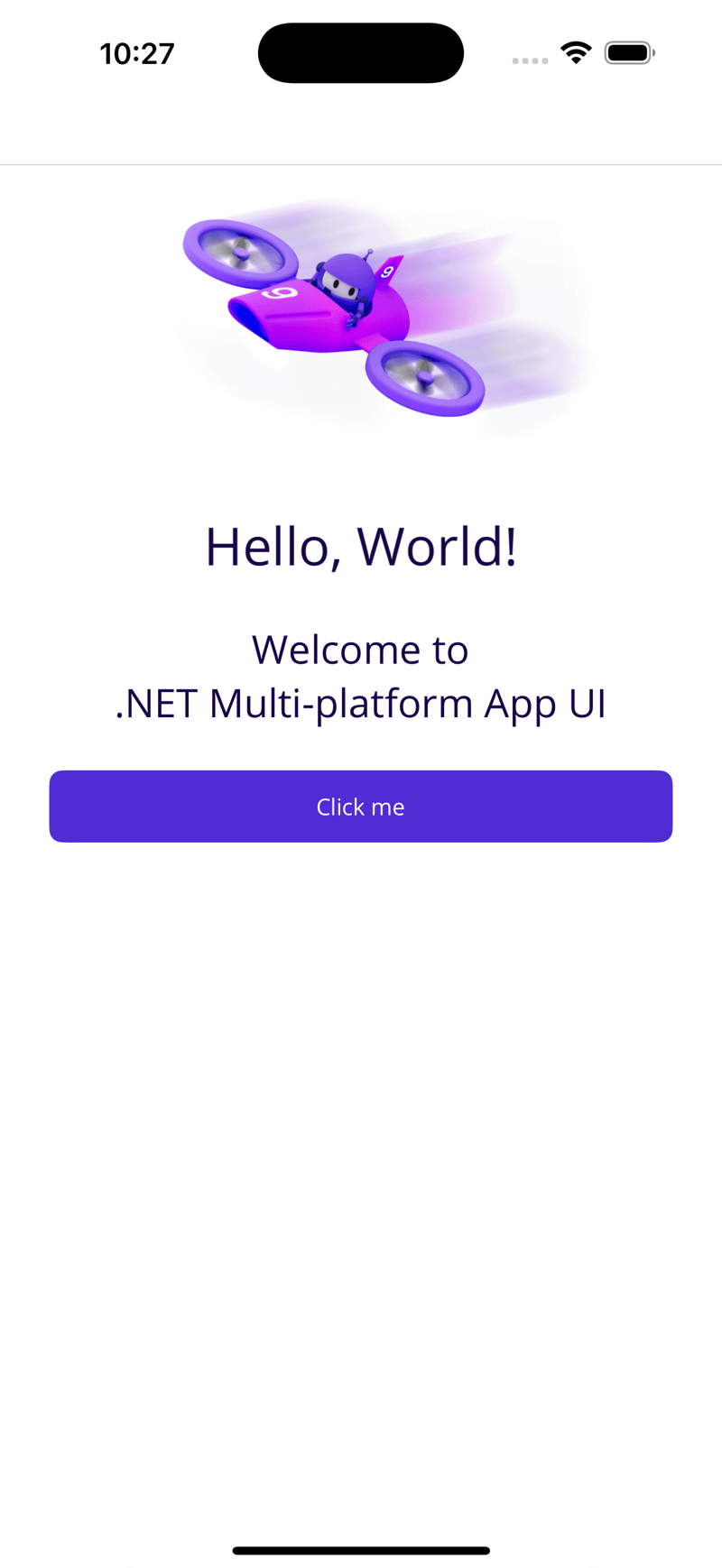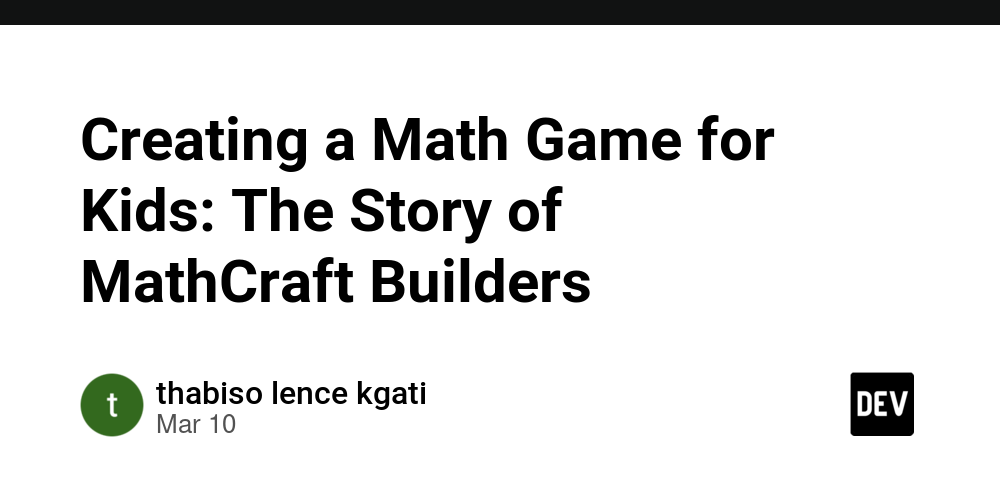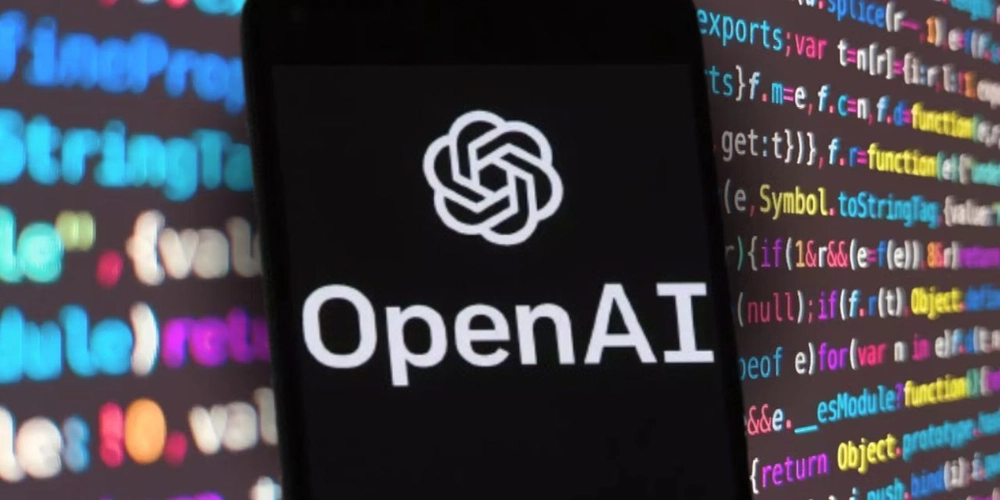Study Notes 6.1-2: Introduction to Stream Processing
1. Overview of Stream Processing Definition: Continuous, real-time processing of data as it arrives. Importance: Enables real-time analytics, event-driven applications, and prompt reactions to data (e.g., fraud detection, live monitoring). 2. Introduction to Kafka Role in Stream Processing: Acts as a high-throughput, distributed message broker. Facilitates the ingestion, buffering, and distribution of streaming data. Core Concepts: Kafka Topics: Logical channels where messages are published. Message Properties: Characteristics that define how data is handled within streams. 3. Key Kafka Configuration Parameters Partitioning: Divides data into segments (partitions) to enable parallel processing and load balancing. Replication: Ensures fault tolerance by copying data across multiple brokers. Retention Time: Determines how long messages are stored before being purged. Other Settings: Configuration parameters specific to Kafka that influence performance and reliability. 4. Kafka Producers and Consumers Kafka Producers: Applications or scripts that send (produce) messages to Kafka topics. Can be implemented programmatically using various languages. Kafka Consumers: Applications that subscribe to topics to receive (consume) and process messages. Support programmatic consumption for integrating with downstream systems. 5. Data Partitioning in Stream Processing Purpose: Enhances scalability by distributing data across partitions. Improves parallel processing, leading to better performance. Example: Partitioning strategies determine how data is distributed among consumers. 6. Practical Examples & Language-Specific Implementations Java Examples: Kafka Streams examples, demonstrating how to work with Kafka in a Java environment. Python Examples: Spark Streaming examples using Python for those who prefer Python over Java. Key Takeaway: The choice of language and framework can depend on team expertise and project requirements. 7. Schema and Its Role in Stream Processing What is a Schema? A defined structure for data (e.g., field types, format) that ensures consistency. Importance: Helps in managing data quality and enables smooth integration between systems. Facilitates schema evolution when data structures change over time. 8. Kafka Connect and Related Tools Kafka Connect: A framework for connecting Kafka with external systems (databases, file systems, etc.) without writing custom code. Additional Tools: Brief mention of other tools (e.g., “case equal DB”) that integrate with Kafka, highlighting the ecosystem available for stream processing. 1. Introduction to Data Exchange Definition: Data exchange is the process of transferring data from one source (producer) to another (consumer) using various communication channels. Real-World Analogy – Postal Service: Just like writing a letter and sending it through the postal service, data can be written and sent to a designated receiver. This simple analogy emphasizes that data exchange involves a sender, a transport medium, and a receiver. 2. Data Exchange in Modern Computing Computer Communication: In today’s digital world, data exchange is often handled through APIs such as REST, GraphQL, and webhooks. These methods ensure that data flows from one system to another reliably and efficiently. Notice Board Analogy: Producer: Imagine a person posting a flyer on a community notice board. The flyer contains information (data) meant for a specific audience. Consumers: Passersby (or subscribers) who read the flyer can act on it, ignore it, or pass it along. Topic-based Distribution: If a flyer is posted on a board dedicated to a specific subject (e.g., Kafka, Spark, stream processing, Big Data), only those interested in that subject (consumers subscribed to that topic) will take notice. 3. Stream Processing Explained Traditional (Batch) Data Exchange: In many systems, data exchange happens in batches—data is collected over a period (minutes, hours, or even days) and then processed. Examples include receiving emails or checking a physical notice board when passing by. Stream Processing: Real-Time Data Exchange: In stream processing, data is exchanged almost immediately after it is produced. A producer sends a message to a topic (e.g., a Kafka topic), and that message is instantly available to any consumer subscribed to that topic. Key Benefit: The reduced delay compared to batch processing means data is processed in near-real time, enabling faster decision making. 4. Understanding "Real-Time" in Stream Processing Not Instantaneous: Real-time processing does not mean zero latency or instantaneou
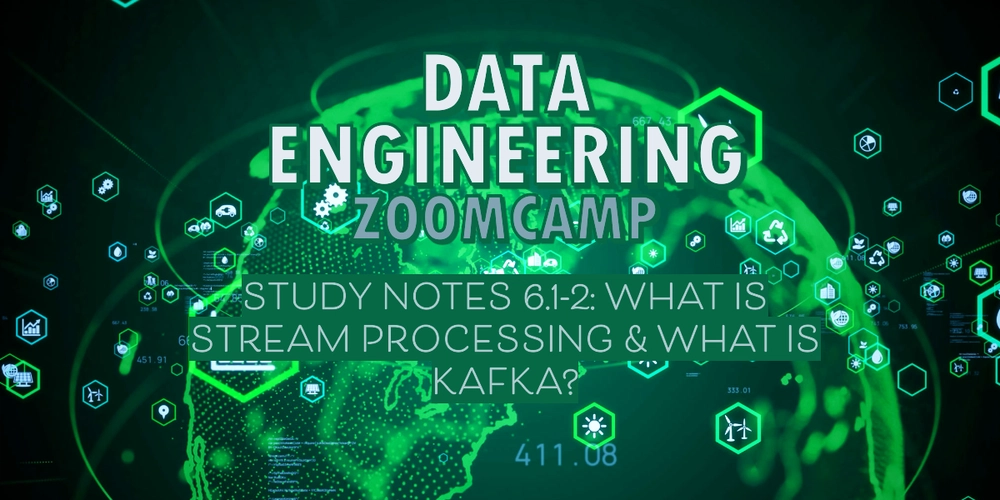
1. Overview of Stream Processing
- Definition: Continuous, real-time processing of data as it arrives.
- Importance: Enables real-time analytics, event-driven applications, and prompt reactions to data (e.g., fraud detection, live monitoring).
2. Introduction to Kafka
-
Role in Stream Processing:
- Acts as a high-throughput, distributed message broker.
- Facilitates the ingestion, buffering, and distribution of streaming data.
-
Core Concepts:
- Kafka Topics: Logical channels where messages are published.
- Message Properties: Characteristics that define how data is handled within streams.
3. Key Kafka Configuration Parameters
-
Partitioning:
- Divides data into segments (partitions) to enable parallel processing and load balancing.
-
Replication:
- Ensures fault tolerance by copying data across multiple brokers.
-
Retention Time:
- Determines how long messages are stored before being purged.
-
Other Settings:
- Configuration parameters specific to Kafka that influence performance and reliability.
4. Kafka Producers and Consumers
-
Kafka Producers:
- Applications or scripts that send (produce) messages to Kafka topics.
- Can be implemented programmatically using various languages.
-
Kafka Consumers:
- Applications that subscribe to topics to receive (consume) and process messages.
- Support programmatic consumption for integrating with downstream systems.
5. Data Partitioning in Stream Processing
-
Purpose:
- Enhances scalability by distributing data across partitions.
- Improves parallel processing, leading to better performance.
-
Example:
- Partitioning strategies determine how data is distributed among consumers.
6. Practical Examples & Language-Specific Implementations
-
Java Examples:
- Kafka Streams examples, demonstrating how to work with Kafka in a Java environment.
-
Python Examples:
- Spark Streaming examples using Python for those who prefer Python over Java.
-
Key Takeaway:
- The choice of language and framework can depend on team expertise and project requirements.
7. Schema and Its Role in Stream Processing
-
What is a Schema?
- A defined structure for data (e.g., field types, format) that ensures consistency.
-
Importance:
- Helps in managing data quality and enables smooth integration between systems.
- Facilitates schema evolution when data structures change over time.
8. Kafka Connect and Related Tools
-
Kafka Connect:
- A framework for connecting Kafka with external systems (databases, file systems, etc.) without writing custom code.
-
Additional Tools:
- Brief mention of other tools (e.g., “case equal DB”) that integrate with Kafka, highlighting the ecosystem available for stream processing.
1. Introduction to Data Exchange
- Definition: Data exchange is the process of transferring data from one source (producer) to another (consumer) using various communication channels.
-
Real-World Analogy – Postal Service:
- Just like writing a letter and sending it through the postal service, data can be written and sent to a designated receiver.
- This simple analogy emphasizes that data exchange involves a sender, a transport medium, and a receiver.
2. Data Exchange in Modern Computing
-
Computer Communication:
- In today’s digital world, data exchange is often handled through APIs such as REST, GraphQL, and webhooks.
- These methods ensure that data flows from one system to another reliably and efficiently.
-
Notice Board Analogy:
-
Producer: Imagine a person posting a flyer on a community notice board.
- The flyer contains information (data) meant for a specific audience.
- Consumers: Passersby (or subscribers) who read the flyer can act on it, ignore it, or pass it along.
-
Topic-based Distribution:
- If a flyer is posted on a board dedicated to a specific subject (e.g., Kafka, Spark, stream processing, Big Data), only those interested in that subject (consumers subscribed to that topic) will take notice.
-
Producer: Imagine a person posting a flyer on a community notice board.
3. Stream Processing Explained
-
Traditional (Batch) Data Exchange:
- In many systems, data exchange happens in batches—data is collected over a period (minutes, hours, or even days) and then processed.
- Examples include receiving emails or checking a physical notice board when passing by.
-
Stream Processing:
-
Real-Time Data Exchange:
- In stream processing, data is exchanged almost immediately after it is produced.
- A producer sends a message to a topic (e.g., a Kafka topic), and that message is instantly available to any consumer subscribed to that topic.
-
Key Benefit:
- The reduced delay compared to batch processing means data is processed in near-real time, enabling faster decision making.
-
Real-Time Data Exchange:
4. Understanding "Real-Time" in Stream Processing
-
Not Instantaneous:
- Real-time processing does not mean zero latency or instantaneous delivery (i.e., not at the speed of light).
- There is typically a few seconds of delay, which is significantly less than the delays common in batch processing.
-
Comparison to Batch Processing:
-
Batch Processing:
- Data is consumed and processed every minute, hour, or even later.
-
Stream Processing:
- Data flows continuously, allowing for almost immediate processing.
-
Batch Processing:
5. Practical Examples with Kafka and Spark
-
Kafka Topics:
- A producer writes data to a Kafka topic.
- Consumers subscribed to that topic receive the data in near-real time.
-
Spark Topics:
- Similar to Kafka, in some examples, data might be sent to a Spark topic where consumers process the stream in real time.
-
Programming Aspect:
- Both Kafka and Spark provide APIs and libraries for programmatically producing and consuming data, making it easier to build real-time applications.












































































































































































![[The AI Show Episode 142]: ChatGPT’s New Image Generator, Studio Ghibli Craze and Backlash, Gemini 2.5, OpenAI Academy, 4o Updates, Vibe Marketing & xAI Acquires X](https://www.marketingaiinstitute.com/hubfs/ep%20142%20cover.png)














































































































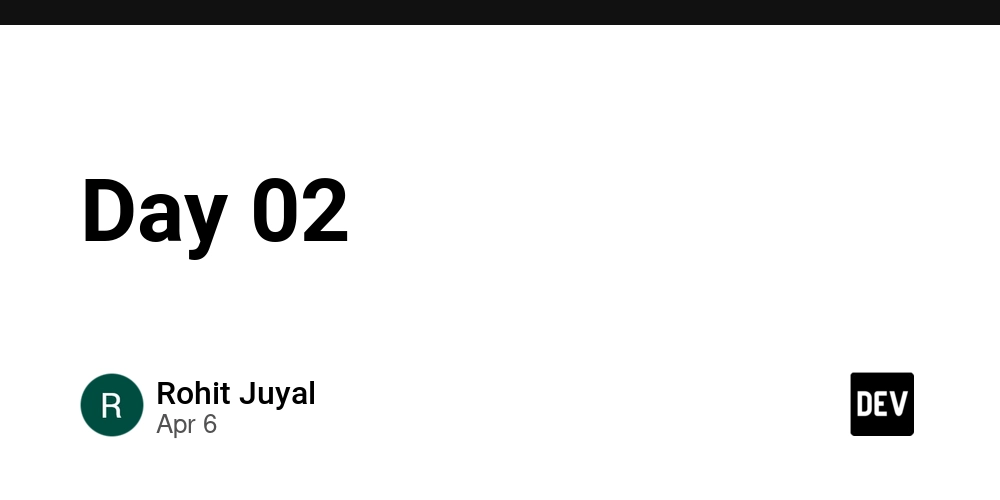
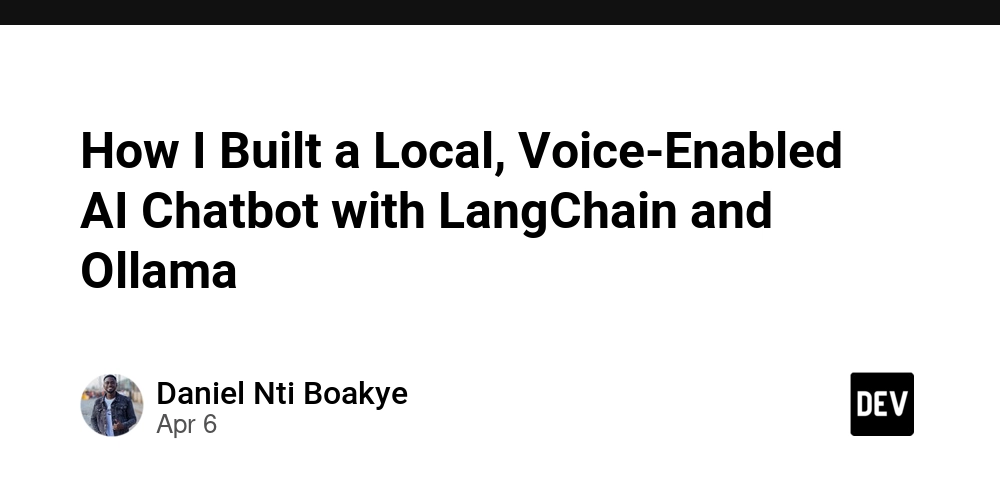











![[DEALS] The Premium Learn to Code Certification Bundle (97% off) & Other Deals Up To 98% Off – Offers End Soon!](https://www.javacodegeeks.com/wp-content/uploads/2012/12/jcg-logo.jpg)


![From drop-out to software architect with Jason Lengstorf [Podcast #167]](https://cdn.hashnode.com/res/hashnode/image/upload/v1743796461357/f3d19cd7-e6f5-4d7c-8bfc-eb974bc8da68.png?#)









































































































.png?#)
































_Christophe_Coat_Alamy.jpg?#)
 (1).webp?#)




































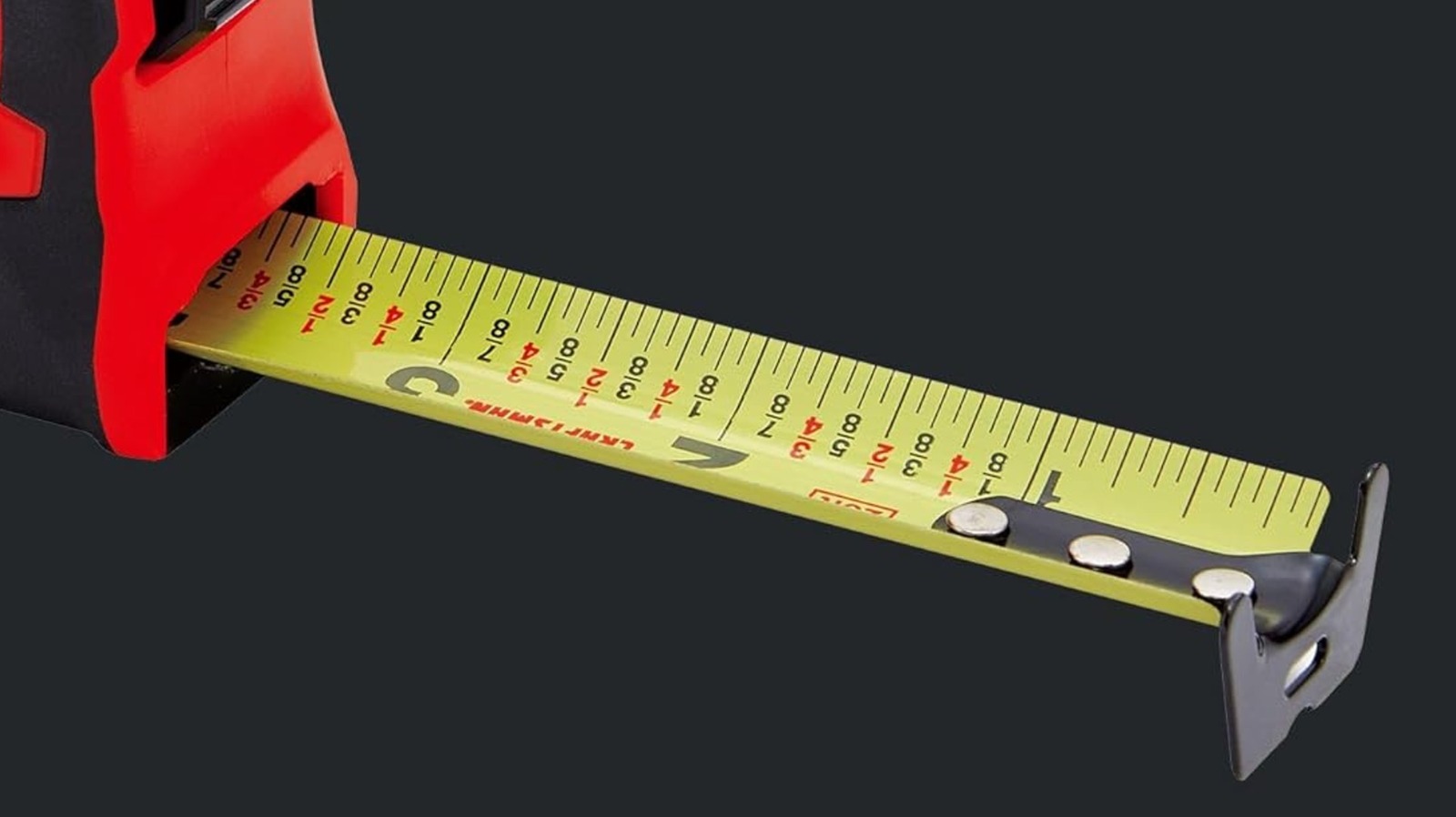





























































![iPhone 17 Pro Won't Feature Two-Toned Back [Gurman]](https://www.iclarified.com/images/news/96944/96944/96944-640.jpg)
![Tariffs Threaten Apple's $999 iPhone Price Point in the U.S. [Gurman]](https://www.iclarified.com/images/news/96943/96943/96943-640.jpg)






































































































































